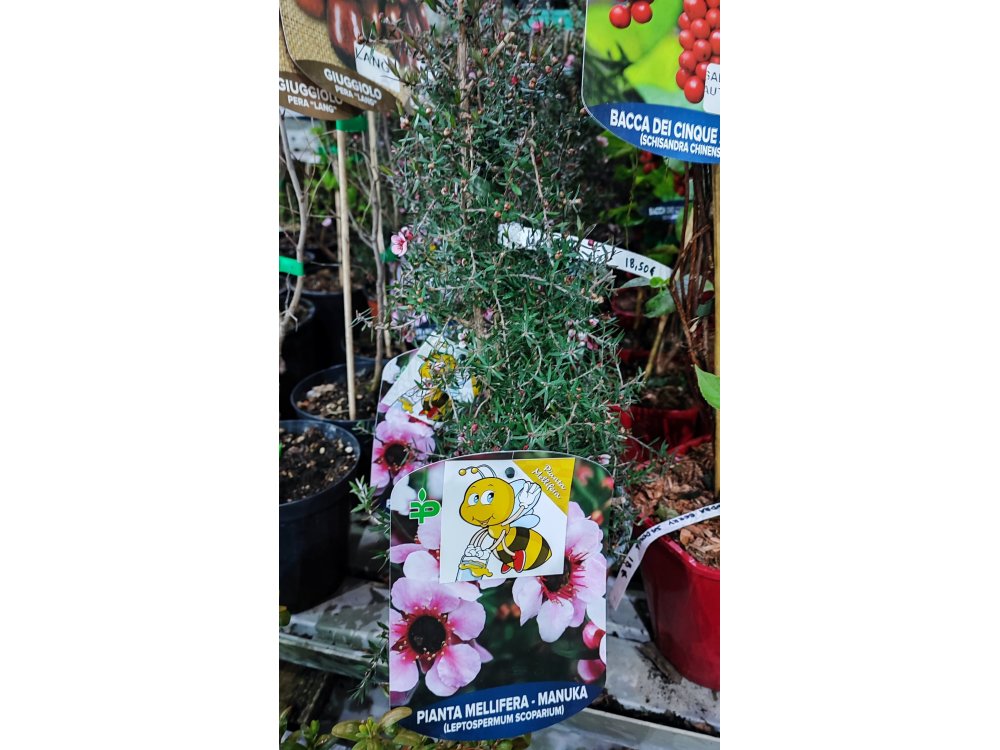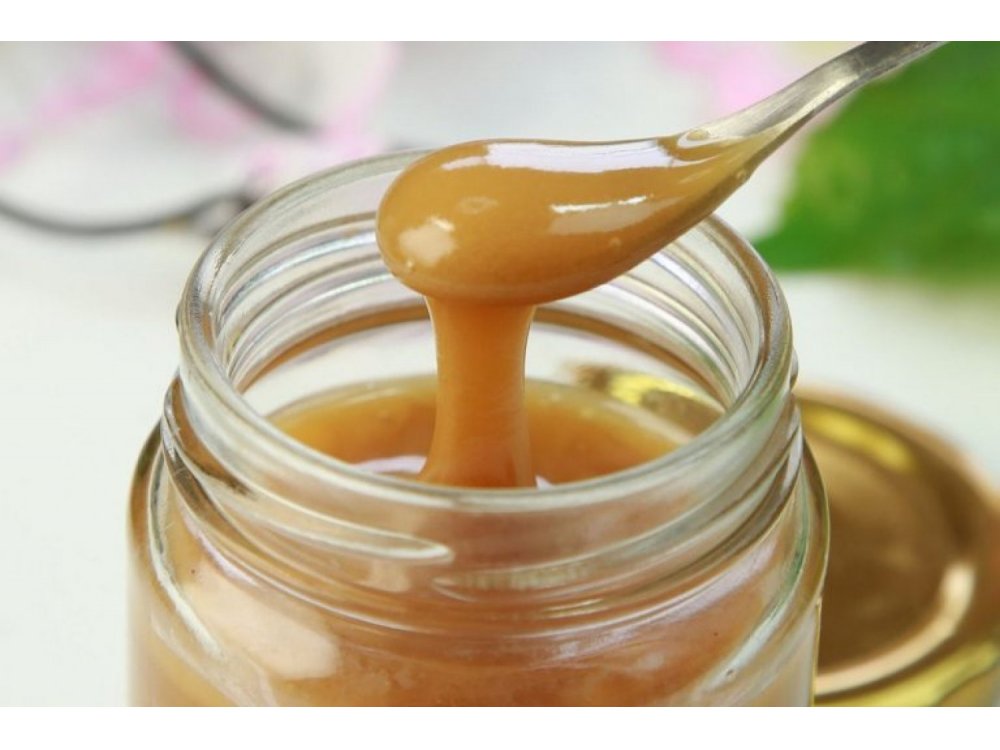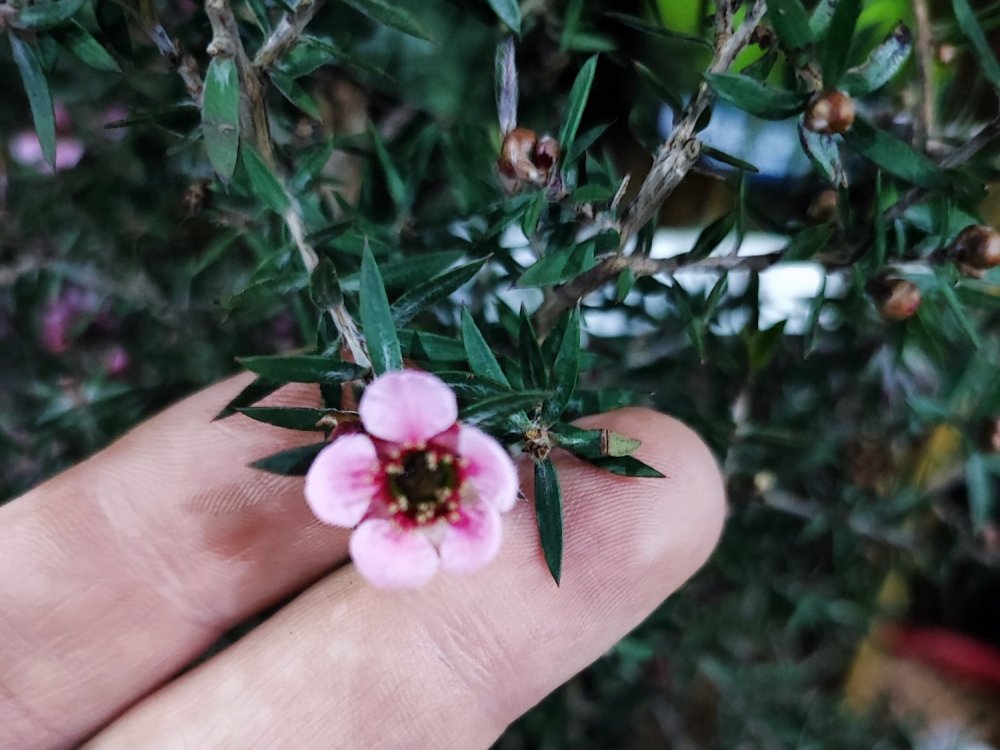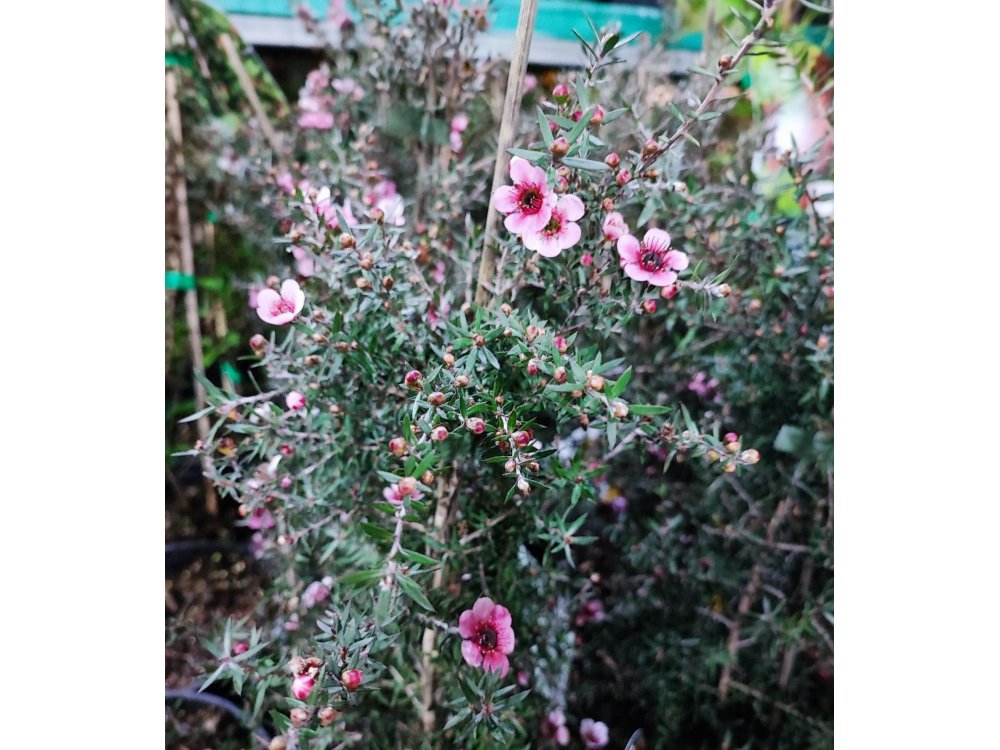Product description
Manuka Honey is the most expensive honey in the world and comes from the Leptospermum scoparium plant that grows in New Zealand and has natural antibacterial properties. An aromatic, tasty, dark colored honey with a high content of Methylglyoxal (100mg/kg) 20 times higher than that of ordinary honey.
As for the plant, it is 3 years old and available in a pot as in the photos.
Myrtaceae (family)
Beekeeping: Produces nectar and pollen for a huge range of pollinators, particularly attractive to bees and short-tongued bumblebees. It is an important plant in New Zealand.
Flowering time: April, May, June, sometimes second in November, December.
EVERGREEN SHRUB that grows to 3 meters by 3 meters. It does not like very dry soil, likes shaded roots and sun on foliage and tolerates harsh coastal conditions. Hardy to minus 23ºC, about where these trees evolved on the slopes of the Alps in New Zealand, which is the origin of this species and the original seed. It provides one of the most effective oils found in New Zealand's Manuka plants, producing the most potent Manuka honey, measured in mg/kg of 'methylglyoxal' (MGO). This essential oil is known to be antiseptic, antibacterial, antiviral and moderately antifungal, and honey is many times more potent in these properties than the oil – and no doubt imparts these benefits to bees – as in human medicinal use. A 100% beekeeping plant! Not only that, but it also blooms during the June pollen shortage. It can be planted as a windbreak hedge in temperate and mild coastal areas, however the more sheltered from the wind the better the bees can forage. We recommend a distance of 2.5 m between trees planted in a double, staggered row. If cut and trained when about 5 years old, it can form excellent, dense and long-lived hedges. Young plants benefit from winter protection such as netting or tree guards. For maximum flowering, plant in a sheltered, western or southern position, with the roots shaded by another lower growing shrub. It must remain moist during installation. Chip after planting into the soil and protect around the base of the plant during the first winter if you are not using a tree guard. The plants will flower from the second or third year and start to show more resistance from the 4th year. Durability increases with maturity.



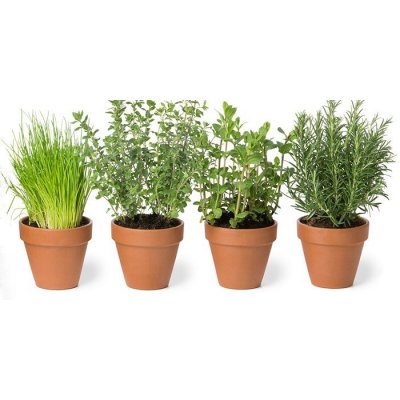
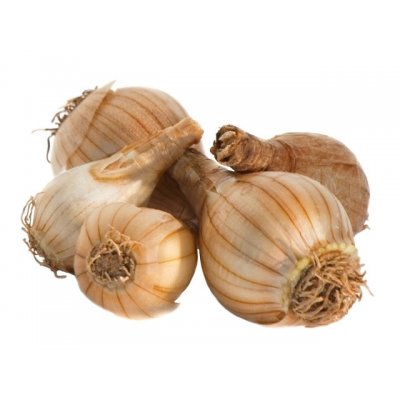
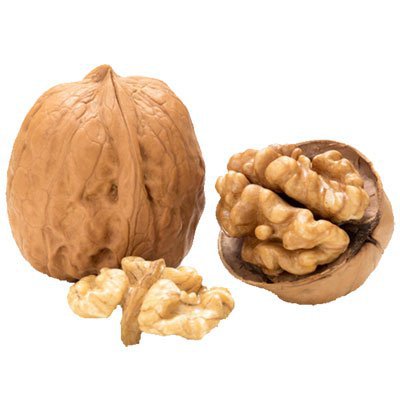
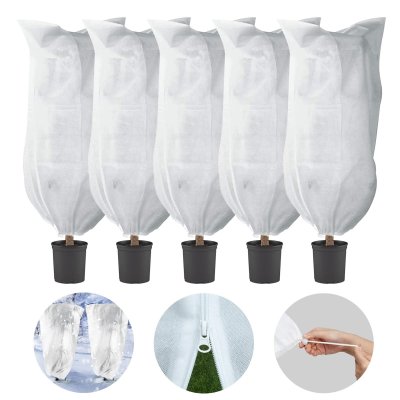
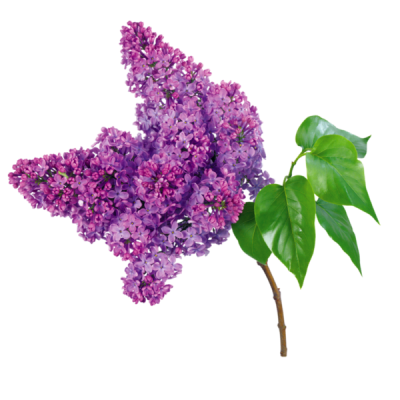
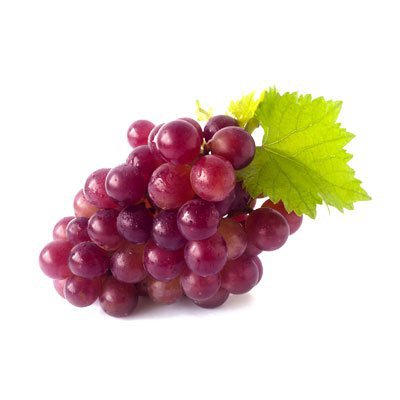
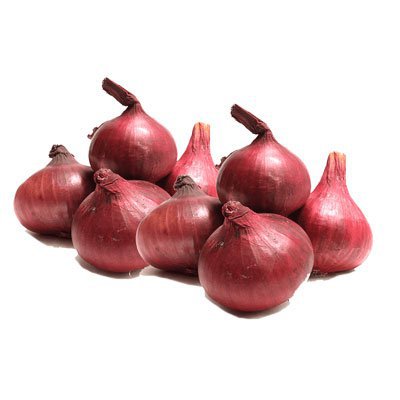
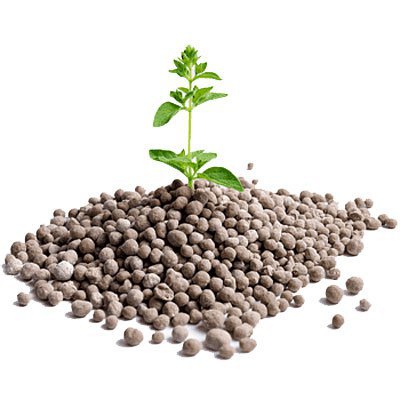
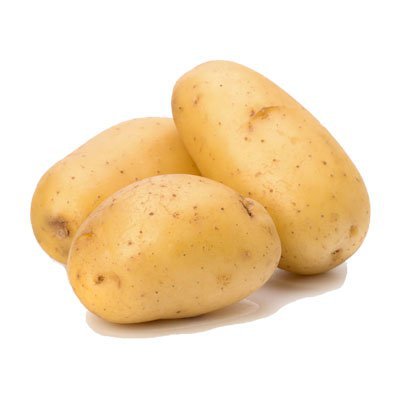
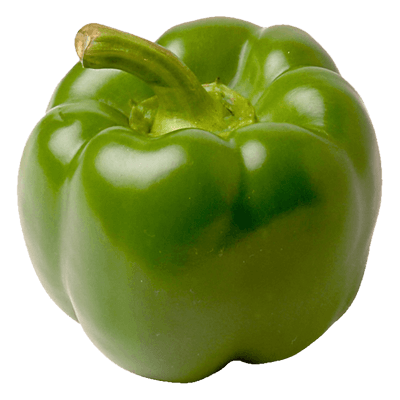
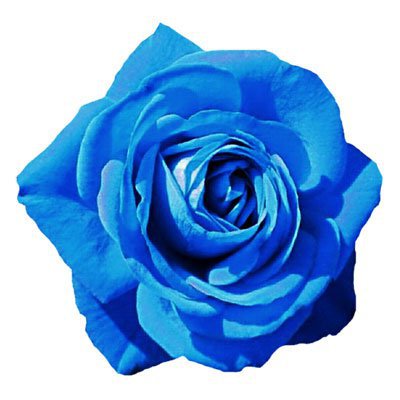

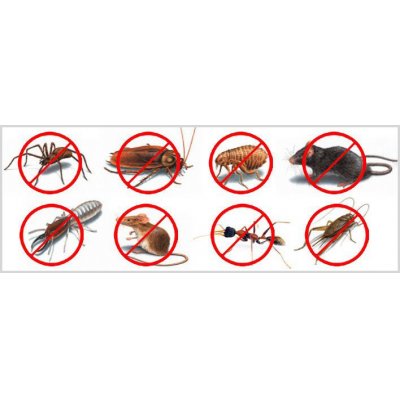
 Forest Fruit Plants
Forest Fruit Plants Spice Herbs Medicinal seeds
Spice Herbs Medicinal seeds Bulbs
Bulbs Fruit Trees
Fruit Trees Garden Materials
Garden Materials Ornamental Plants
Ornamental Plants Grapevine Plants
Grapevine Plants Onion Set
Onion Set Fertilizers
Fertilizers Potato seed
Potato seed Seeds
Seeds Roses
Roses Tropical Plants
Tropical Plants Home Pesticides
Home Pesticides